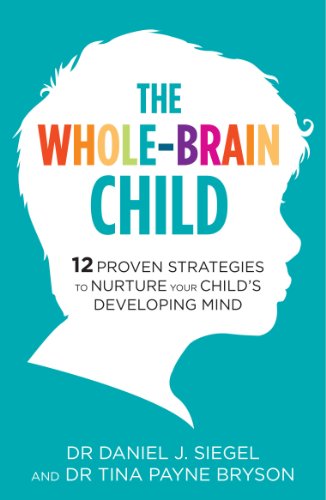Attempts to outlines how the brain functions by explaining this at a very basic level and then attempts to apply how this knowledge should be used for parenting. Initially outlines the right side of the brain is dealing with love and emotions whereas the left side of the brain deals with more hard facts and decision making. Then suggests the lower brain is involved with impulsive things and raw instinct. It then suggests the higher brain, which it points out is always developing as a child is involved with analytical decision making.
When parenting you should use both sides of your brain. Examples such as if your child is upset connect on the emotional side, then in future analyse the situation to enhance future decision-making.
Try to teach the concept of mindsight to the child, which is being aware that to focus on a particular aspect of thinking this is then at the expense of others. Try to make the child understand emotions are temporary. Change from “I am” to “I feel”.
Intrinsic vs extrinsic memory. Intrinsic formed memories may not be recalled. Extrinsic memories can be recalled with thought. You can challenge children by asking them about particular memories to develop their recall. The child may not know about the impact intrinsic memories are having on them (as they don’t recall these readily).
In the appendix describes a chart with each of the 12 strategies in relation to age stages. This chart would be worth finding and saving time by not bothering reading book.



